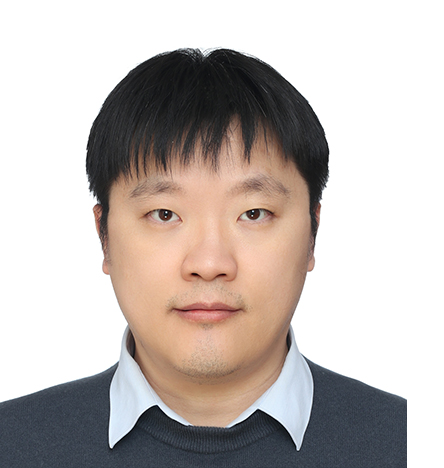
Advanced Hybrid Bonding Technologies and Applications
Dr. Fengwen MU
iSABers, China
Abstract:
Advanced hybrid bonding has emerged as a pivotal enabling technology for next-generation semiconductor packaging and heterogeneous integration, moving beyond the limitations of traditional soldering and adhesive bonding. This technology simultaneously creates dense, fine-pitch interconnects (typically Cu-Cu) and a robust dielectric bond (often SiO₂-SiO₂) at the wafer or die level. Recent advancements focus on enhancing process control, yield, and scalability. Key innovations include sophisticated surface preparation and activation techniques (e.g., plasma treatments), optimized bonding processes enabling lower temperatures and reduced warpage, novel dielectric materials with tailored properties, and significant pitch scaling down to sub-1-micrometer levels. These improvements address critical challenges such as interfacial voids, bonding strength uniformity, and thermal-mechanical stress management. The applications of advanced hybrid bonding are transformative: enabling high-bandwidth memory (HBM) stacks with unprecedented bandwidth and energy efficiency; facilitating complex 3D system-on-chip (SoC) and system-in-package (SiP) architectures for AI/ML accelerators and high-performance computing; revolutionizing backside-illuminated (BSI) and stacked CMOS image sensor performance; realizing high-density chiplet integration schemes and advancing silicon photonics packaging. By providing ultra-short, low-parasitic interconnections between diverse components, advanced hybrid bonding is instrumental in extending Moore's Law, enhancing system performance, reducing power consumption, and enabling novel integrated systems beyond the capabilities of monolithic scaling. Industry leaders are rapidly adopting advanced hybrid bonding as a cornerstone technology for future microelectronics.
Speaker's Biography:
Founder and CEO of iSABers Group Co., Ltd., National Overseas High-Level Talent, former Professor of the Institute of Microelectronics of the Chinese Academy of Sciences, received a Ph.D degree from the University of Tokyo, a member of the Tsinghua Entrepreneurs Association, has long been focusing on the research and development of advanced heterogeneous integration technology and equipment, and has successively presided over and participated in the 5G technology research project of the Ministry of Internal Affairs and Communications of Japan, the project of the Japan Society for the Promotion of Science, National Natural Science Foundation of China and a number of well-known industrial companies cooperative research projects. As the first and corresponding author, he has published more than 40 articles in top SCI Journals and authorized more than 100 Patents. He has won the Dean's Award of the University of Tokyo, Japan, and the second prize of the Science and Technology Award of the Ministry of Education in 2019. In July 2020, he founded iSABers Group Co., Ltd., took the lead in the industrialization of advanced heterogeneous integration technology in China, completed the development and mass production of a variety of advanced bonding equipment, and built the first mass production line of high-end bonding substrates in China.